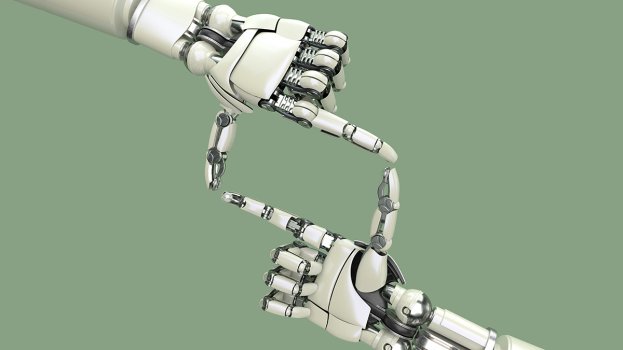K
Kathleen Martin
Guest
Your business’s use of AI is only going to increase, and that’s a good thing. Digitalization allows businesses to operate at an atomic level and make millions of decisions each day about a single customer, product, supplier, asset, or transaction. But these decisions cannot be made by humans working in a spreadsheet.
We call these granular, AI-powered decisions “micro-decisions” (borrowed from Taylor and Raden’s “Smart Enough Systems”). They require a complete paradigm shift, a move from making decisions to making “decisions about decisions.” You must manage at a new level of abstraction through rules, parameters, and algorithms. This shift is happening across every industry and across all kinds of decision-making. In this article we propose a framework for how to think about these decisions and how to determine the optimal management model.
Micro-Decisions Require Automation
The nature of micro-decisions requires some level of automation, particularly for real-time and higher-volume decisions. Automation is enabled by algorithms (the rules, predictions, constraints, and logic that determine how a micro-decision is made). And these decision-making algorithms are often described as artificial intelligence (AI). The critical question is, how do human managers manage these types of algorithm-powered systems?
An autonomous system is conceptually very easy. Imagine a driverless car without a steering wheel. The driver simply tells the car where to go and hopes for the best. But the moment there’s a steering wheel, you have a problem. You must inform the driver when they might want to intervene, how they can intervene, and how much notice you will give them when the need to intervene arises. You must think carefully about the information you will present to the driver to help them make an appropriate intervention.
The same is true for any micro-decision. The moment there is a human involved, you need to think carefully about how to design a decision system that enables the human to have a meaningful interaction with the machine.
The four main management models we developed vary based on the level and nature of the human intervention: We call them HITL, HITLFE, HOTL, HOOTL. It’s important to recognize this is a spectrum, and while we have pulled out the key management models, there are sub-variants based on the split between human and machine, and the level of management abstraction at which the human engages with the system.
Continue reading: https://hbr.org/2021/11/managing-ai-decision-making-tools
We call these granular, AI-powered decisions “micro-decisions” (borrowed from Taylor and Raden’s “Smart Enough Systems”). They require a complete paradigm shift, a move from making decisions to making “decisions about decisions.” You must manage at a new level of abstraction through rules, parameters, and algorithms. This shift is happening across every industry and across all kinds of decision-making. In this article we propose a framework for how to think about these decisions and how to determine the optimal management model.
Micro-Decisions Require Automation
The nature of micro-decisions requires some level of automation, particularly for real-time and higher-volume decisions. Automation is enabled by algorithms (the rules, predictions, constraints, and logic that determine how a micro-decision is made). And these decision-making algorithms are often described as artificial intelligence (AI). The critical question is, how do human managers manage these types of algorithm-powered systems?
An autonomous system is conceptually very easy. Imagine a driverless car without a steering wheel. The driver simply tells the car where to go and hopes for the best. But the moment there’s a steering wheel, you have a problem. You must inform the driver when they might want to intervene, how they can intervene, and how much notice you will give them when the need to intervene arises. You must think carefully about the information you will present to the driver to help them make an appropriate intervention.
The same is true for any micro-decision. The moment there is a human involved, you need to think carefully about how to design a decision system that enables the human to have a meaningful interaction with the machine.
The four main management models we developed vary based on the level and nature of the human intervention: We call them HITL, HITLFE, HOTL, HOOTL. It’s important to recognize this is a spectrum, and while we have pulled out the key management models, there are sub-variants based on the split between human and machine, and the level of management abstraction at which the human engages with the system.
Continue reading: https://hbr.org/2021/11/managing-ai-decision-making-tools

